Home » Gear Reviews » Ski & Snow » Skis » All Mountain Skis » Women's All Mountain Skis » Völkl Kenja
Völkl Kenja Review
January 17, 2018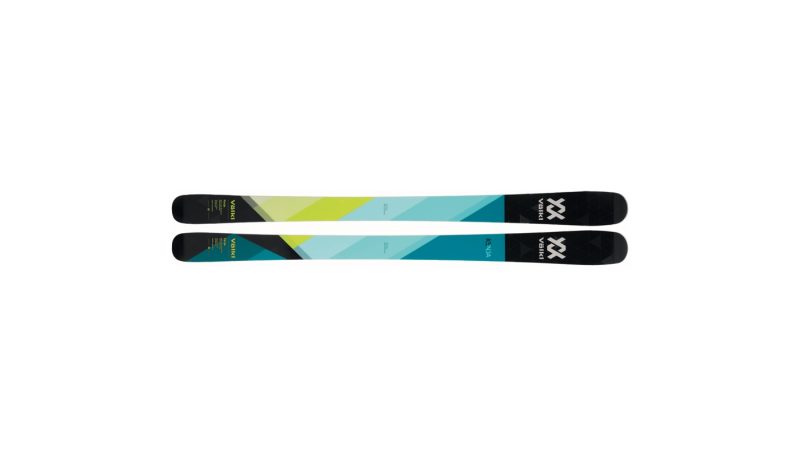
 87
87 The Good
- Great in variable terrain transitions
- Predictable and solid underfoot
- High stability
The Bad
- Feels heavier than previous Kenja models
- Lacks girth for big snow days
- Tail is less agile in moguls and can throw skiers
The Völkl Kenja is an all-mountain ski that’s predictable and stable in a variety of conditions. It does favor carving over flotation, but the 90-mm waist width ski can hold its own in soft snow or crud. Stability, edge grip and frontside performance are the Kenja’s main focus, thanks to full length sidewalls, a layer of metal and a multilayer woodcore. “This is a no-brainer, predictable solid turner that loves speed, doesn’t waiver and can shut it down when needed,” said one tester. The Kenjas suit a range of ability levels thanks to that stability underfoot and strong construction. The more you put into the Kenja, the more fun you have as you bend and engage the full-length vertical sidewalls.
The Kenja has a race-ski style construction, essentially a classic wood/Titanal sandwich ski, which includes a layer of titanium, vertical sidewalls and multilayer wood core with poplar and dense ash underfoot. The tester comment “feels Volkl strong and grippy,” refers to Völkl’s focus on edge grip, coming from racing heritage. What changes the personality of the Kenja, however, is the moderate tapered tips and the rocker profile that includes tip and tail rocker. Though not apt at smearing or buttering, according to one tester, the Kenja is “great in transitions between variable terrain and conditions.” The 90 mm waist lowers versatility for big snow days, but the freeride-influenced shape and race-ski construction enhance frontside performance with forays into the back.
The last updates to the Kenja included a slightly wider platform and a more friendlier attitude. One tester felt the 2018 version “seemed more sluggish than previous Kenjas, but also very stable and damp.” Ideal customers target intermediate through expert skiers. “Advanced through expert skiers will like the variety of terrain the Kenja can play in, while aspiring experts will find predictability and stability,” suggested one tester. Thanks to its frontside performance, the Kenja could be an all-mountain Eastern ski or part of a two-ski quiver for a Western skier with high hopes of skiing powder.
Responsiveness
Tester scores varied for Responsiveness because to some, the Kenja had a small sweet spot and a heavy feel, though was easy to turn. The multilayer wood core is made up of dense hardwood underfoot and and lighter wood around it as well as having a full layer of Titanal. Though easy to turn, the dampness usurped a dynamic feeling, though that resulted in predictability.
Stability
Testers all gave high scores for Stability. “This is a no-brainer, predictable solid turner that loves speed, doesn’t waiver and can shut it down when needed,” says one tester. Metal and wood core boost stability along with the maneuverability of the big, rockered tip.
Resort Float
The Kenja does have a fairly large, rockered tip that can float or deflect chunks of cut up snow. The 90 mm waist, however, left some testers wanting more girth for deeper days. Otherwise, the Kenja comes close to a one-ski quiver for an off-piste skier… until the snow totals hit the payload and the Kenja’s platform won’t float like fatter skis will.
Versatility
The Kenja scored well in versatility in terms of variable terrain and conditions. Where versatility slacks off, however, is in powder snow, where the waist isn’t wide enough. Otherwise, the Kenja is a frontside ski in a freeride body and can tackle moguls and crud, while crushing the groomers.
Carving
The Kenja has hardsnow acuity thanks to the power of metal and a race-ski style construction with vertical sidewalls. The tail felt stiffer than the tip, and some testers suggested that could throw skiers into the back seat. Otherwise, testers praised the Kenja’s solid feeling underfoot and stability at speed and in big radius turns. “This is a no-brainer,” said one tester. “It loves speed and it does not waiver.”
The Gear Institute Women’s Ski test took place over three days at Snowbird, Utah, in March of 2018. Six female testers skied each of the skis in the test and completed a detailed test card after each test run. Testers ranged from Olympians, to former racers and coaches to ski instructors and skiers who prefer backcountry/off-piste conditions. Categories were concluded on the same day so that skis were tested during similar conditions and on the same terrain. An in-depth look into construction and performance of the skis took place in Vail, CO, during a December industry event where testers skied on all test skis under similar conditions.
Testers were instructed to view each ski as a “Tabula Rasa,” or blank slate. Test cards included initial rankings of Favorite, Excellent, Good and Awful. Testers were asked to list three things they both liked and disliked about each ski as well as answering the question, “Who is the ideal customer?” Lastly, testers rated the criteria in terms of best to worst in the following mini-categories; Responsiveness, Stability, Float, Carving and Versatility.
Krista Crabtree
- SkiingPassionate about women’s ski camps and women-specific gear, Krista organizes women’s ski programs at Eldora and Vail, including her own camp called She Skis. A former editor at SKI Magazine, she currently runs the ski test for OnTheSnow.com.










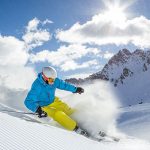
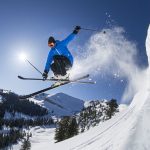
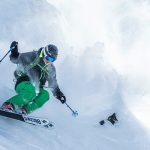
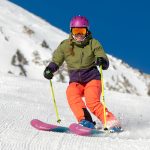

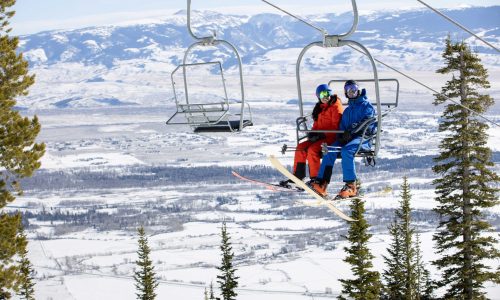
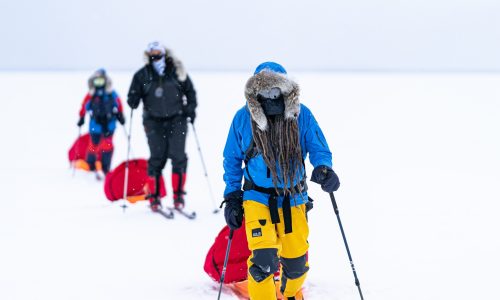
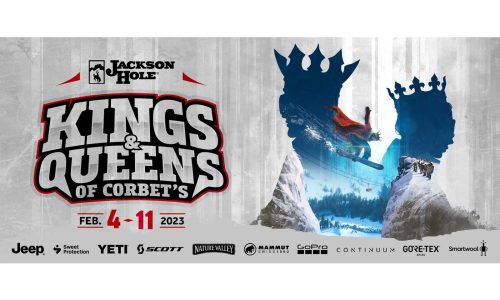
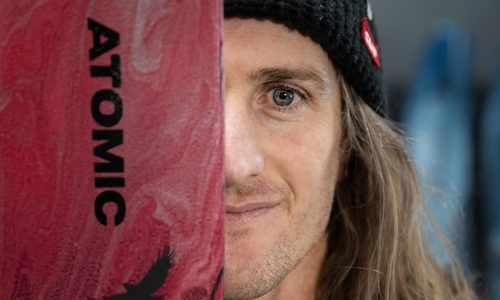


No reviews have been posted for this product.
Use this gear?
Join Gear Nation and leave a review!
Create an Account